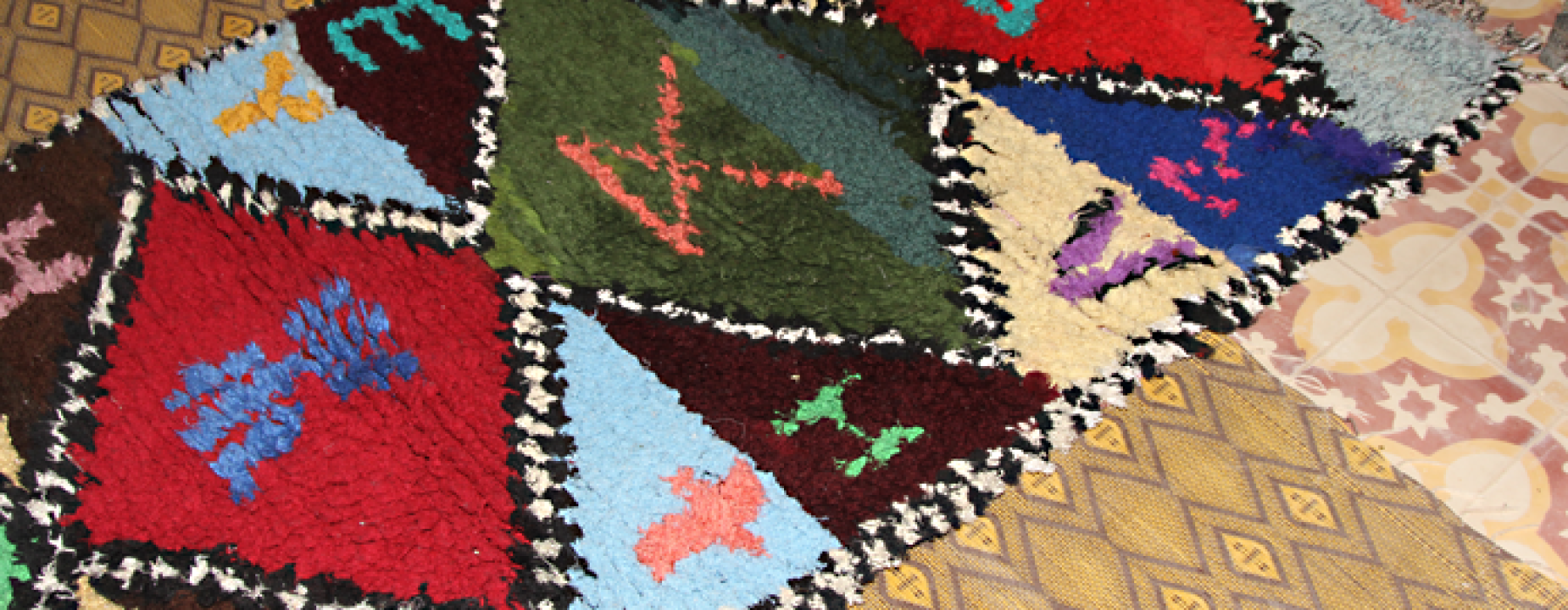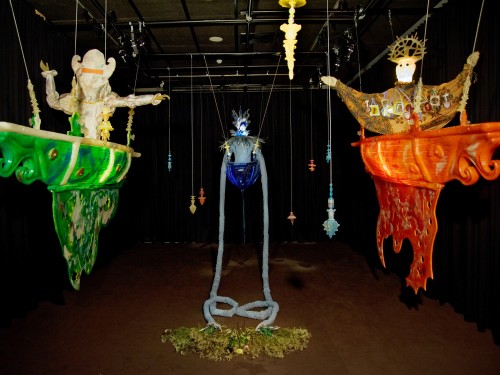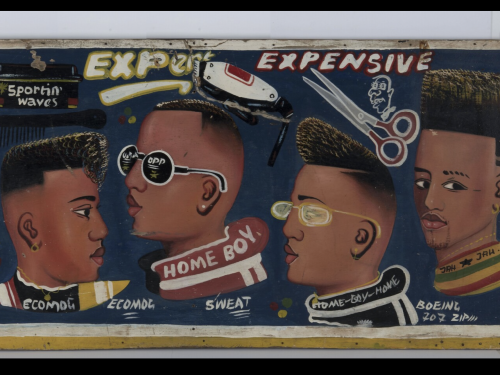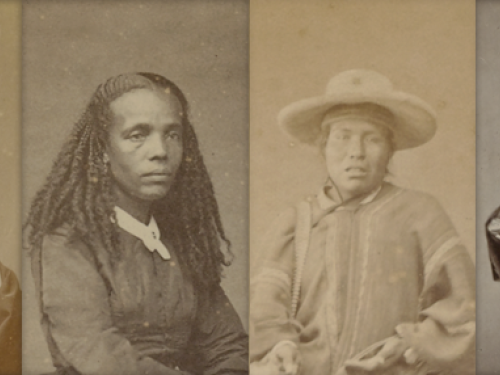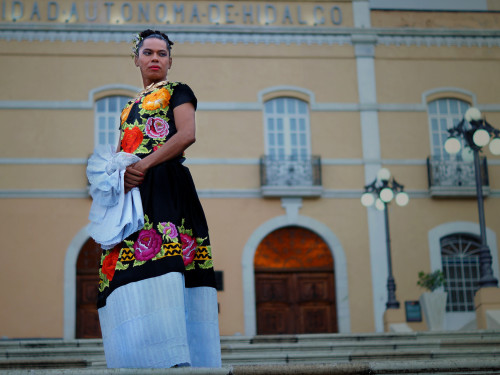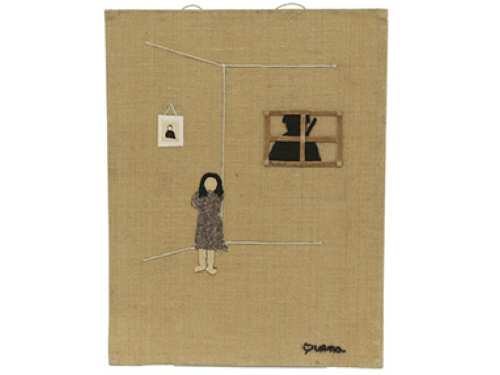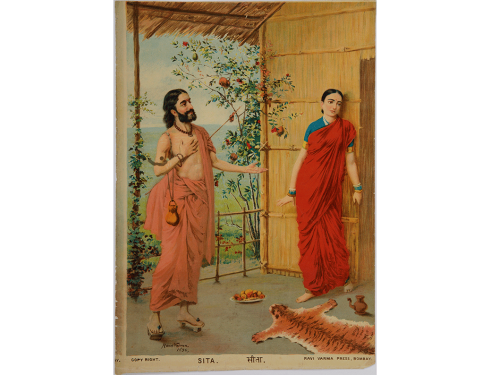Cynthia Becker is Professor of African art history in the History of Art & Architecture Department at Boston University. Her book Amazigh Arts in Morocco: Women Shaping Berber Identity (University of Texas Press, 2006) won a Choice book award in 2007. She has written numerous articles about such topics as the Sahara as a cultural and artistic zone, Amazigh identity politics, contemporary art in the Maghreb, in New Orleans, as well as counter-monuments to the Confederacy in New Orleans (her hometown). Her latest book, Blackness in Morocco: Gnawa Identity through Music and Visual Culture, was published by the University of MN Press in November 2020 and won an Honorable Mention Award from the American Institute of Maghreb Studies.
Her writings on North Africa have been included in numerous museum exhibitions, including those organized by the Musée berbère du Jardin Marjorelle (for Berber Women of Morocco), the Institut du Monde Arabe (for Trésors de l’islam en Afrique), the Block Museum at Northwestern (for Caravans of Gold), the Newark Museum (for Arts of Global Africa), and the University of Florida Harn Museum (for Africa Interweave: Textile Diasporas). She has publications in such journals as African Arts, RES: Anthropology and Aesthetics, Critical Interventions, the Journal of North African Studies, de arte, and Contemporary Islam.
Her research has been supported by grants from Fulbright, the Council of American Overseas Centers, Fulbright-Hays, the Radcliffe Institute for Advanced Study, the American Institute of Maghreb Studies, and Boston University’s Initiative on Cities.
